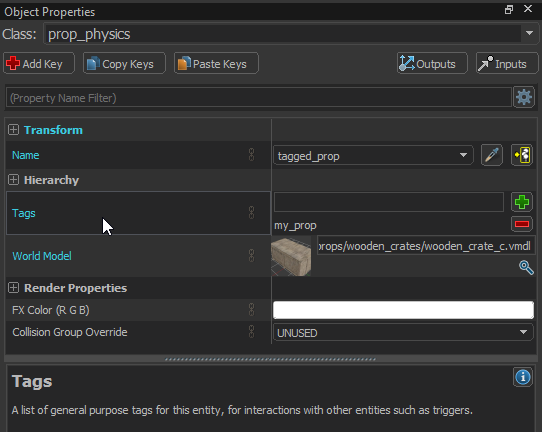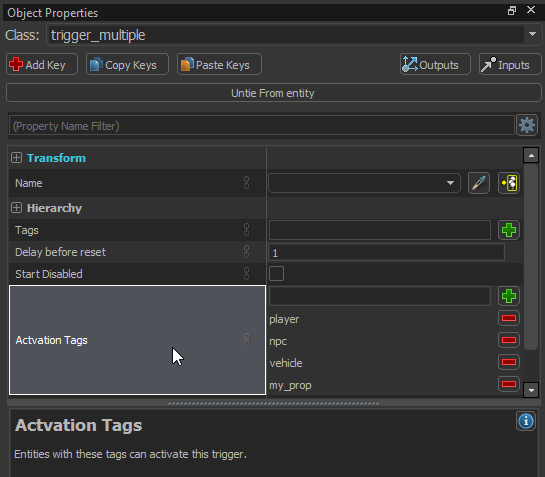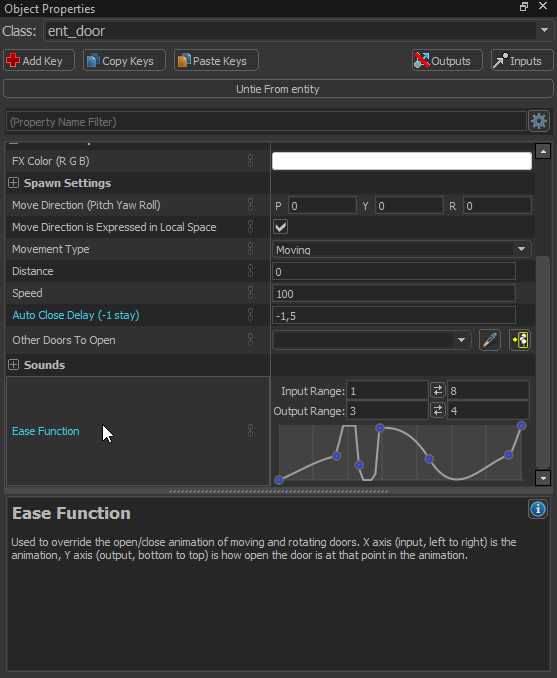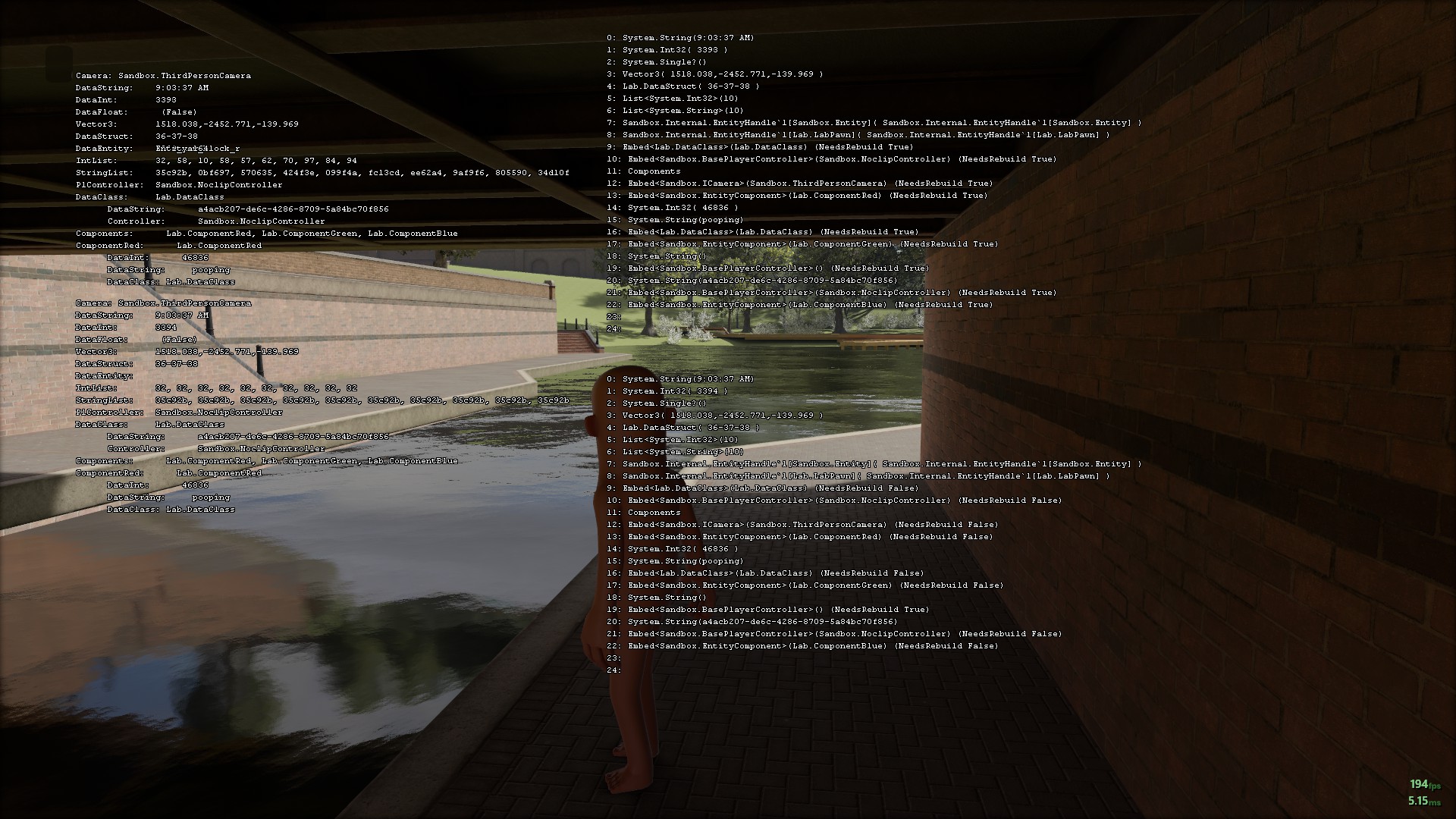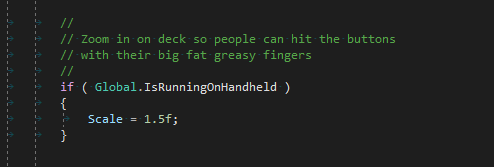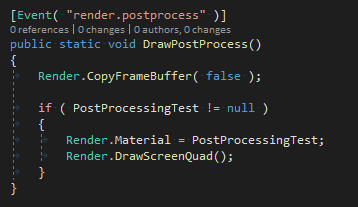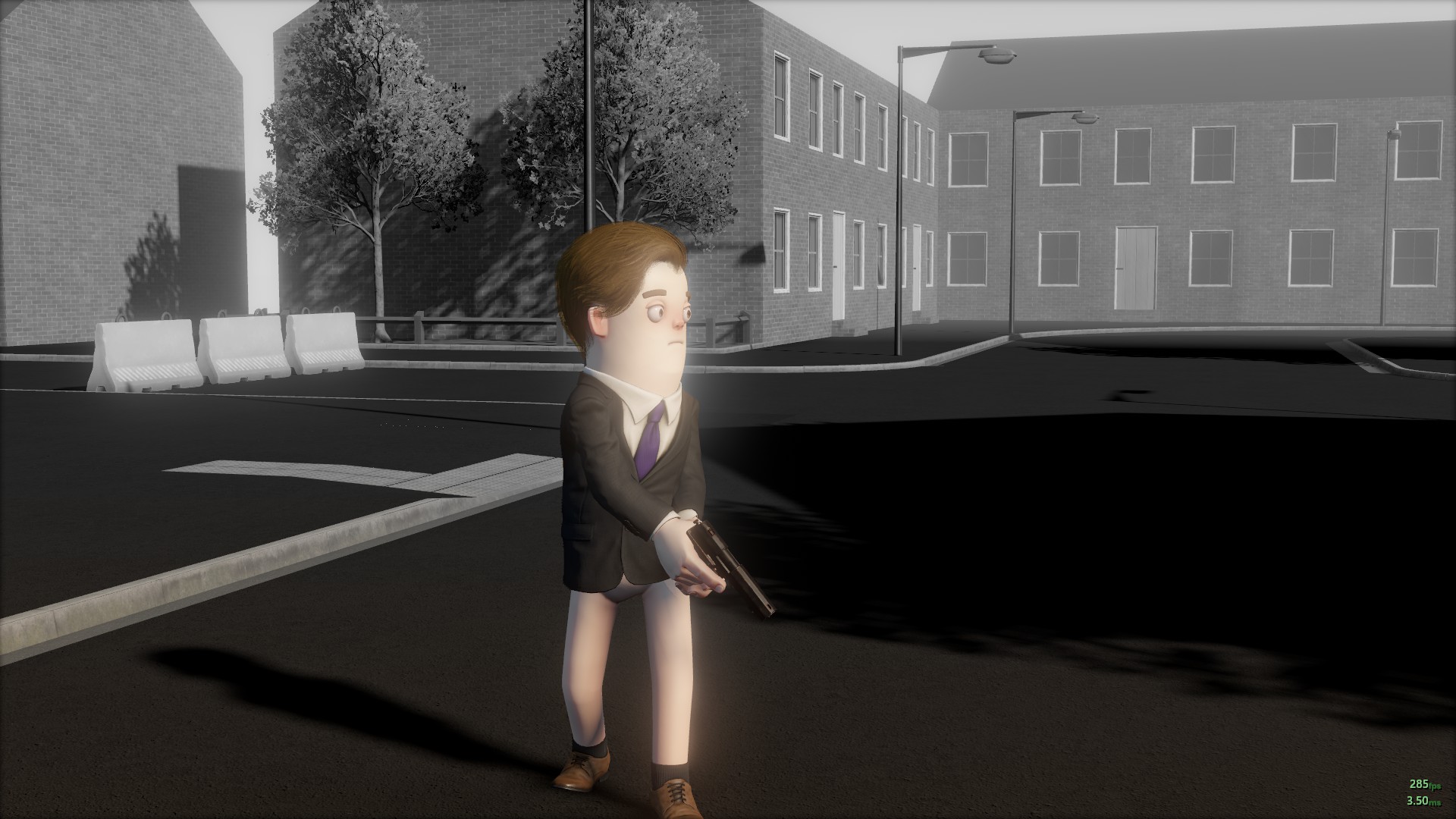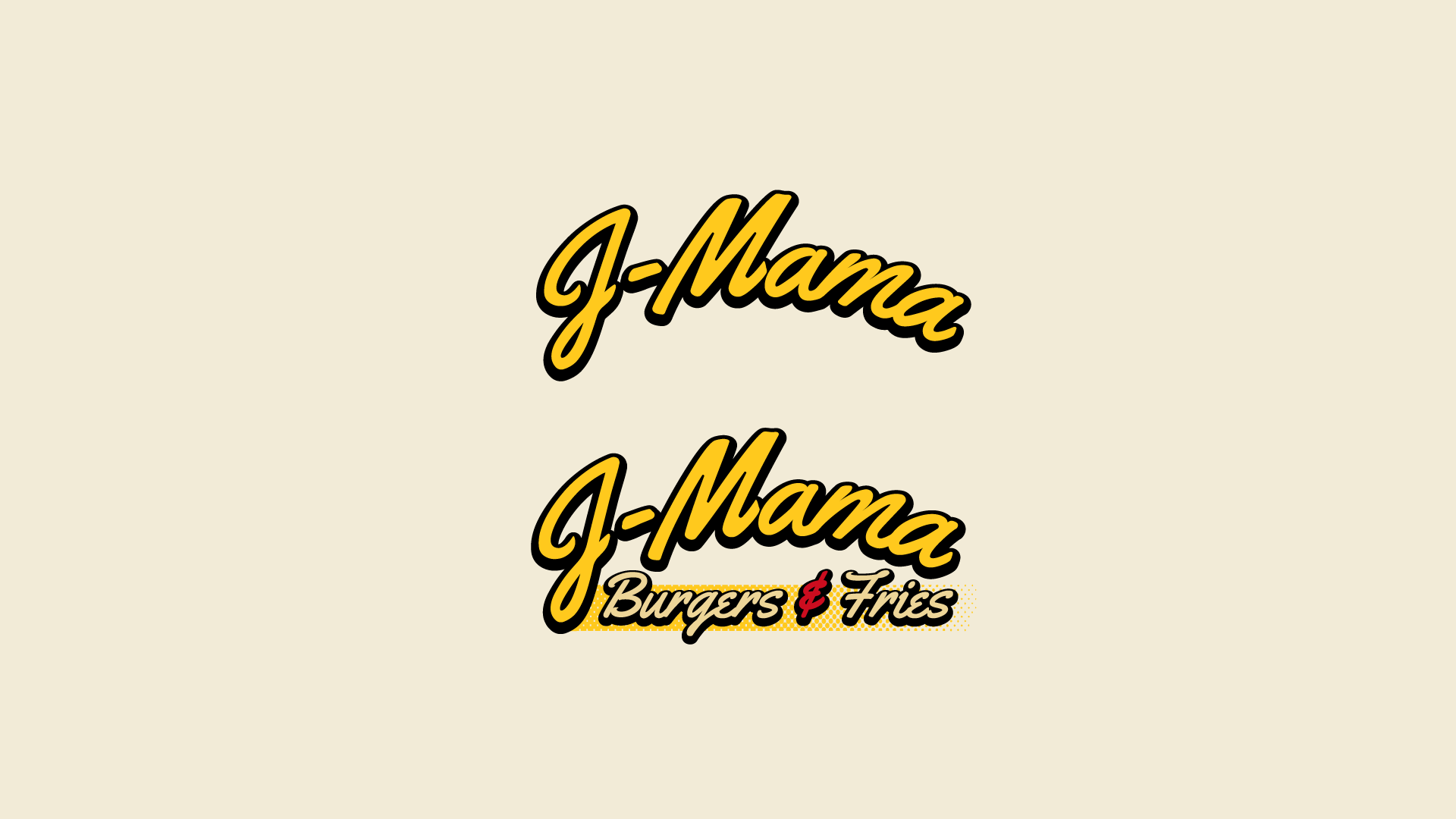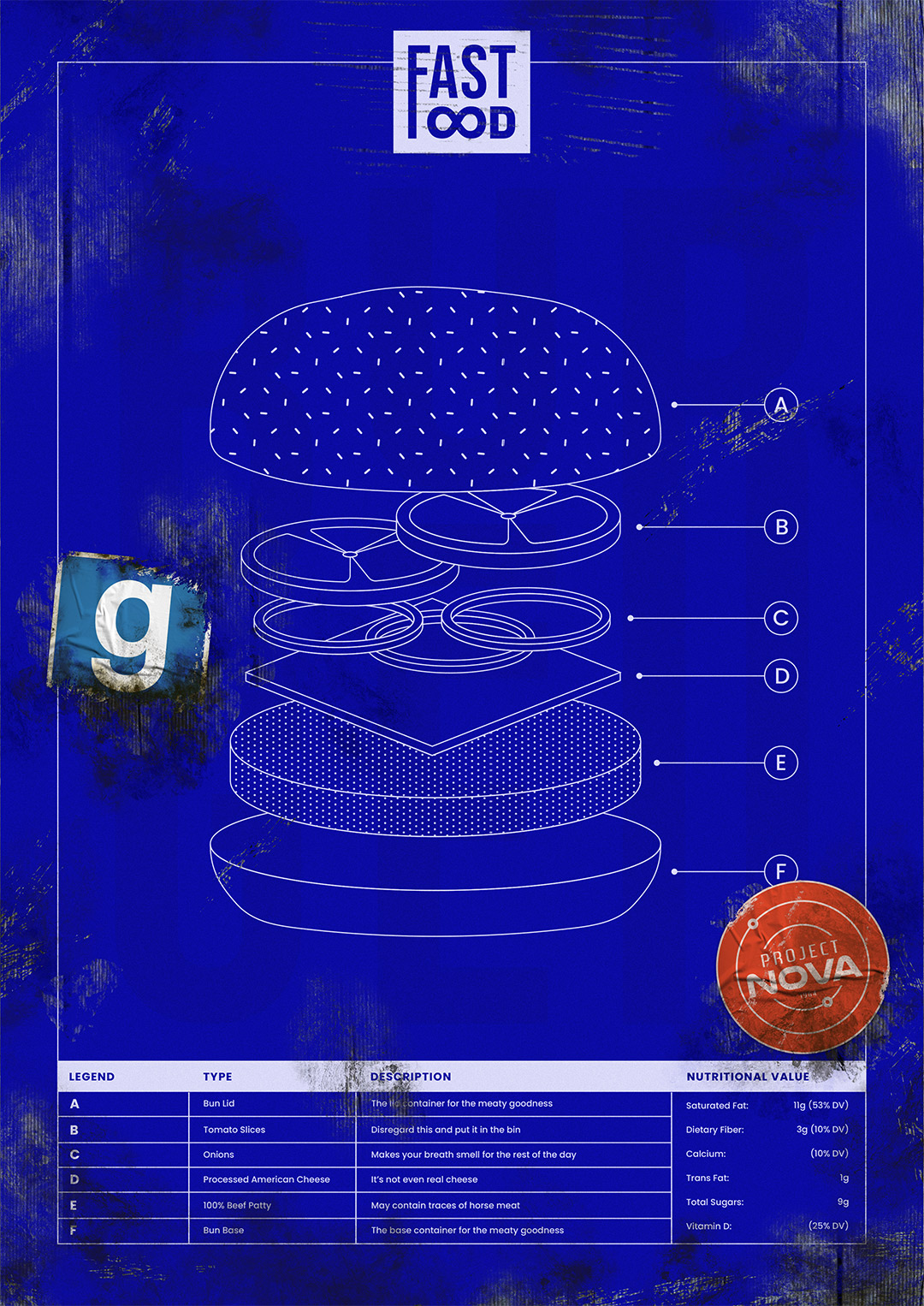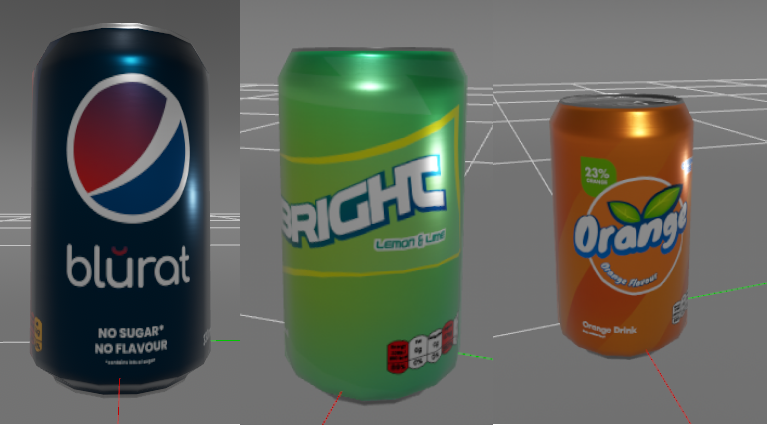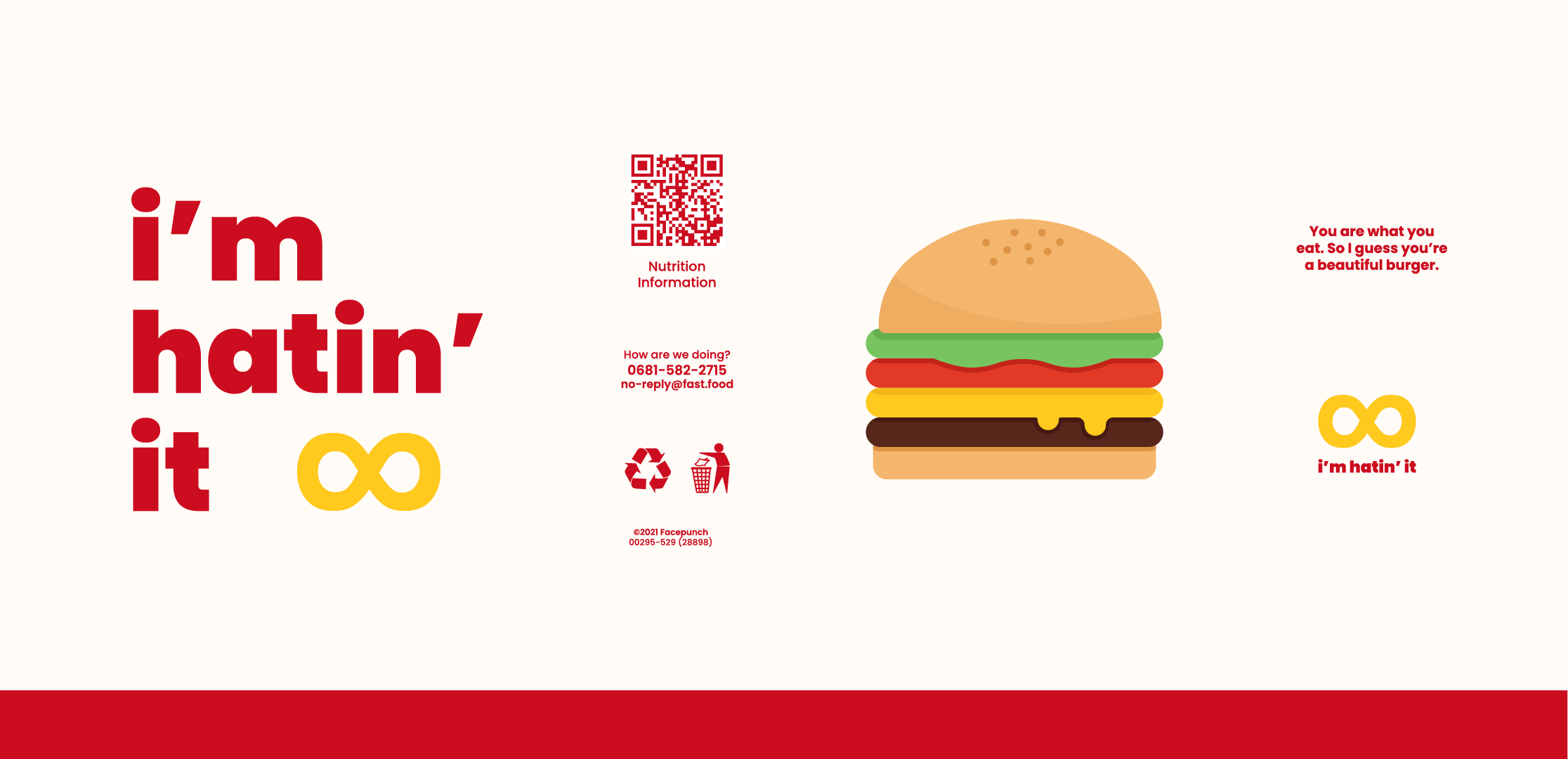When you open the console in game now you'll see a list of entities that are in the current map.
If you click on an entity you'll be able to see a list of its properties, which you can edit. This needs some cleaning up, but you get the idea.
This inspector marked a change in how we access properties on objects. Previously I had a class called PropertyClass, with the intention of deriving everything we wanted to access from it. This came with a bunch of attributes to give properties nice names and descriptions.
I didn't like that. We were re-inventing the wheel. C# already have these properties so we should use those instead. Accessing shit like this means that we can view objects that aren't derived from PropertyClass, and it works just like WinForms PropertyGrid. Which is ideal.



